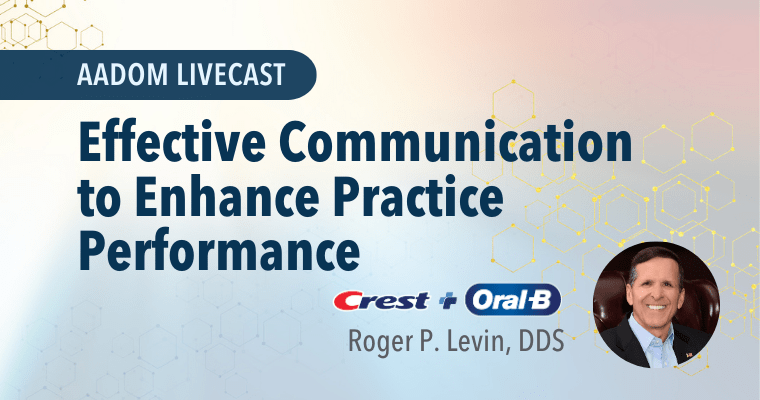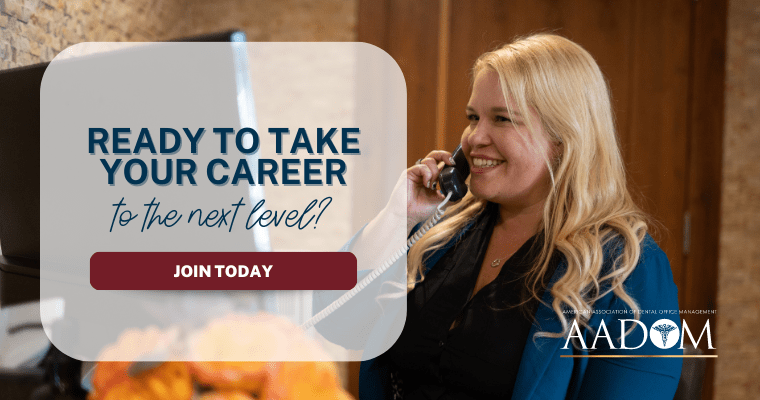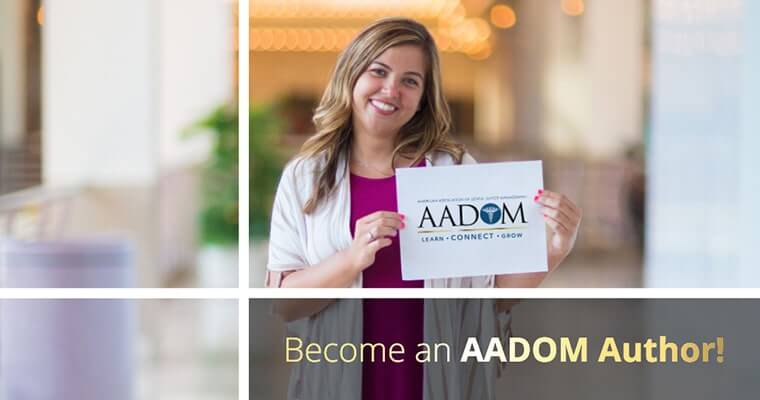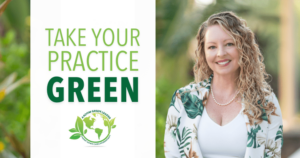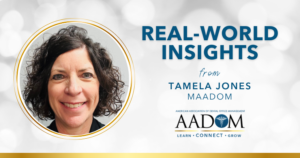Major Change to Orthodontic Aligner Insurance Coverage

“Changes in allowable fees for vacuum form aligners just really suck.”
General Practice dental offices typically find adding orthodontics to their practice to be very challenging, especially when assigning the correct codes for treatment planning.
ADA codes are updated every year in all categories and orthodontics is no exception. In 2022, the dropping of D8050 Interceptive Orthodontic Treatment of the Primary Dentition and D8060 Interceptive Orthodontic Treatment of the Transitional Dentition made the process of coding treatment much simpler.
Now, treatment codes for orthodontics are either limited treatment or comprehensive treatment, modified by the appropriate state of dental development.
Limited treatment (D8010-D8040) might include the treatment of one arch and/or segments of both arches, closing spaces, correction of a crossbite, or up-righting a tooth to make room for an implant.
Comprehensive treatment (D8070-D8090) includes treatment of the entire mouth that should result in a functional and ideal occlusion that creates a class I molar/canine relationship. It is critical that the treatment being provided meets the accepted definition of “comprehensive orthodontic therapy” from the diagnostic, treatment planning, and treatment goals point of view; otherwise, the case should be coded as a limited treatment case.
With the rising popularity of clear aligner therapy, questions arise as to the correct coding. Orthodontic cases using traditional brackets and wires are coded the same as cases using clear aligners. Charges for clear aligners are currently being submitted to insurance using the appropriate orthodontic procedure code (D8010-D8090), followed by D8999 the Unspecified Orthodontic Procedure, by report with an additional “optional service” fee.
It is recommended to contact a benefits representative at the PPO company before performing any optional services. PPO contracts control the fee and should be asked how to report and charge (with the patient’s written consent) the extra fee for this optional service. Most insurance payers have historically allowed the provider to balance-bill the patient for the “upgraded” treatment. This extra fee has been charged to cover the lab fee for the aligners, which can be very expensive, $1500-$2000 per case.
As of 2022, Delta Dental of California is changing the game. Their website states:
Charges for clear aligners (e.g. Invisalign®, SureSmile®) should be submitted using the appropriate orthodontic procedure code (D8010-D8090). The benefit is based on the approved fee for conventional orthodontics. Any additional fee for the nontraditional method is not billable to the patient.
Historically, it is expected that all insurance companies will, in time, follow suit, that is, they will adopt this position that no “up-charge” will be allowed for aligners. Again, this is the common way most general dentists recover the expense of lab fabrication fees incurred for the patient who has chosen aligner treatment over traditional bands and brackets.
This is a game-changer in the Aligner world! What strategy will be necessary to make aligner therapy profitable for general dentists currently working with companies such as Invisalign® or Clear Correct®?
Traditionally, aligner companies have taught the doctors to scan the patient and send everything to their labs for design and print, but with changes in the insurance on the horizon, can the provider actually profit in this workflow? Is now the time for the providers to design and print their own aligners? Can they afford to “tool up” and “train up” to shift to this workflow? Or will they stop providing aligner therapy altogether? Time will tell.
About the Author
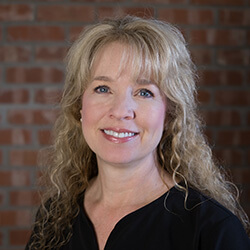
Teresa Berry Williams is the current office manager for Williams Dental & Orthodontics. She has been leading the business management team at Williams GP Orthodontic Seminars for the last 5 years. She holds degrees in Business Administration & Commercial Art.
She and her late husband managed multiple businesses in Oklahoma, where The Journal Record named her Woman of the Year “50 Making a Difference.” Teresa married Dr. Brad Williams in 2012 and began to use her business experience in managing his practice. With his encouragement, Teresa developed Managing Orthodontics, a one-day training management seminar for fellow dental professionals.
Teresa is a lifetime AADOM member, receiving her Fellowship designation in 2018 and her AADOM Mastership (MAADOM) in 2021. Teresa was inducted as an AADOM Diplomate this year at the national meeting in Scottsdale in early September.
